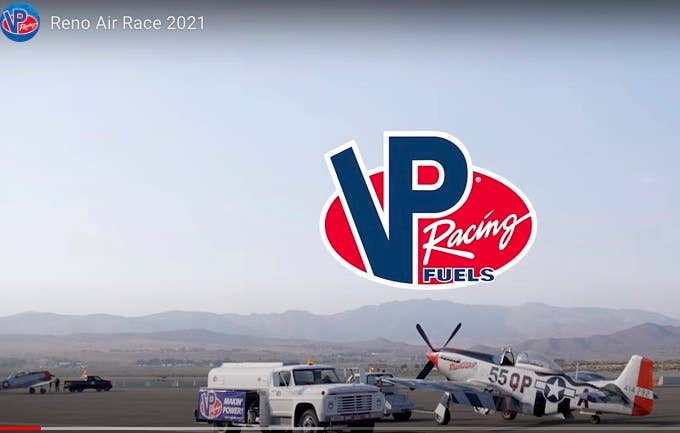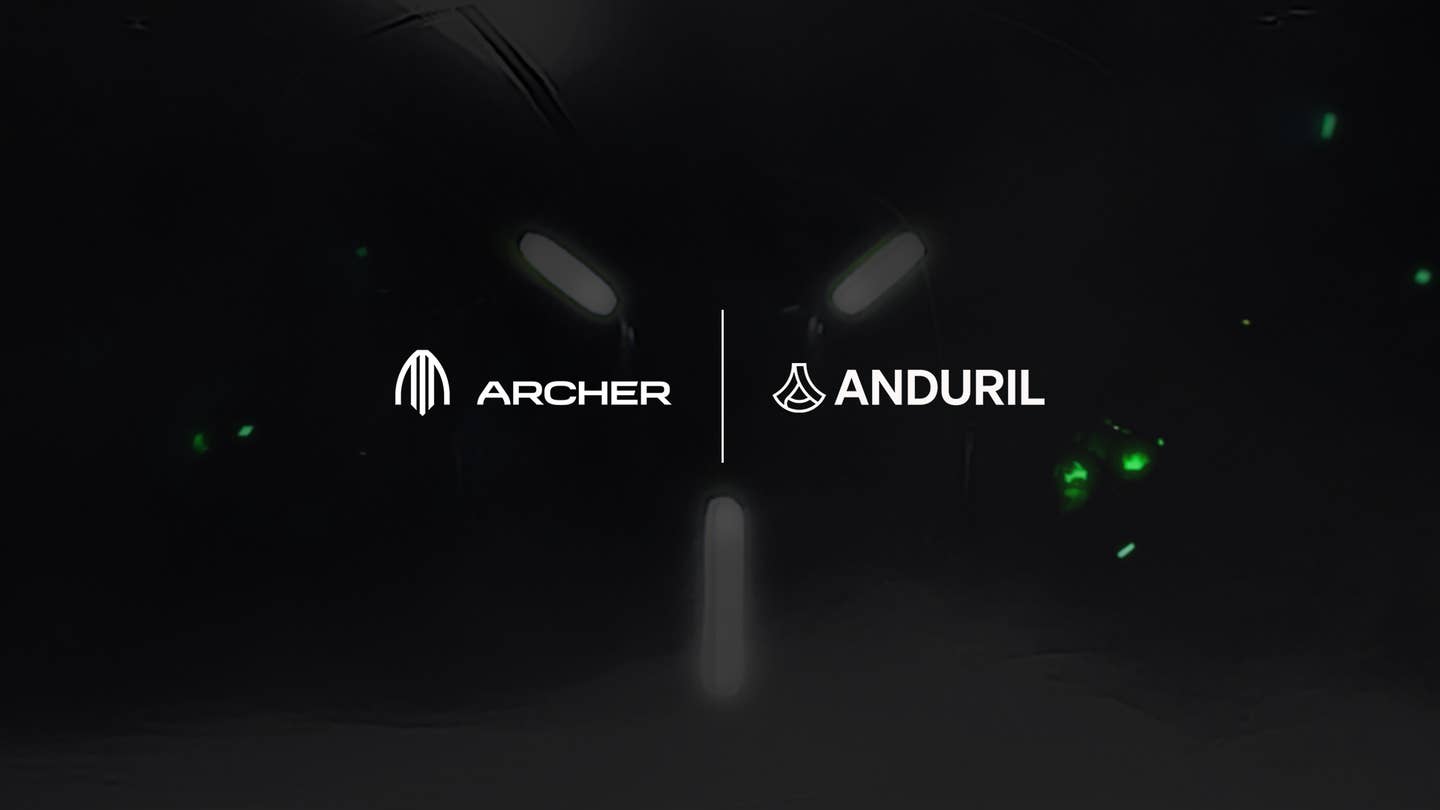EAGLE Projects Approval For PAFI Unleaded Fuel In 2025 (Corrected)
The End Aviation Gasoline Lead Emissions (EAGLE) group expects the lone survivor of the congressionally mandated Piston Aviation Fuel Initiative (PAFI) to be approved by late 2025 but it may…

Screen grab from VP Racing’s video on supplying fuel for competitors at the Reno Air Races. (Link to video in article text.)
The End Aviation Gasoline Lead Emissions (EAGLE) group expects the lone survivor of the congressionally mandated Piston Aviation Fuel Initiative (PAFI) to be approved by late 2025 but it may not be completely suitable for all engines. In a press briefing on Tuesday, Tim Owen, of the FAA, told dozens of stakeholders and media representatives that the Lyondell/Basell/VP Racing fuel is now in full testing by the FAA and, if all goes well, will be through all those tests by the third quarter of 2025.
In addition to engine tests in static cells and in aircraft, the fuel has to be tested for its interaction with other parts of the aircraft from the all-important O-rings to paint. Owen said for the vast majority of aircraft engines, including those made by Continental, Lycoming and Rotax, the transition will be seamless. But he said for some of the 143 other makes of engines making up 9% on the FAA registry there "may have to be modifications" to the engines or operating procedures.
There are two other fuel developers involved. General Aviation Modifications Inc.'s G100UL has been granted an STC that allows its use in every engine on the registry. At Sun 'n Fun it announced that Vitol Aviation, which is licensed to manufacture the fuel, has made 1.2 million gallons of conforming fuel that is now available for sale. Swift Fuels' 100R has now been submitted to the FAA for STC testing and it also plans to submit it to ASTM International. Swift Fuels CEO Chris D'Acosta told the meeting that once 100R is fully approved, it will replace the 94UL it is now selling to 30 retailers in the U.S. GAMI does not plan to submit its fuel to the ASTM process.
EAGLE representatives stressed that getting the fuel formulation right is only one piece of a "very complicated process" in getting lead out of piston aviation. It was noted that the fuel has to be suitable for transportation and dispensing equipment, and any misfueling risk also has to be addressed as does product liability through the whole supply chain.
In the meantime, the EAGLE reps said it's important that 100LL remain constantly available until the transition to new fuels is complete and they warned against local and state governments prematurely trying to eliminate leaded avgas. The EAGLE leaders, however, declined to comment on a threat by California's Center for Environmental Health to enforce a consent agreement that arose from a 2016 lawsuit that would require FBOs covered by the agreement to offer for sale the first "commercially available" replacement for 100LL.
EAGLE has already scheduled a public forum for a progress report for Monday morning of AirVenture 2024 at Theater in the Woods.
An earlier version of this story identified Tim Owen as a representative of Continental Aerospace. He's with the FAA certification branch.






